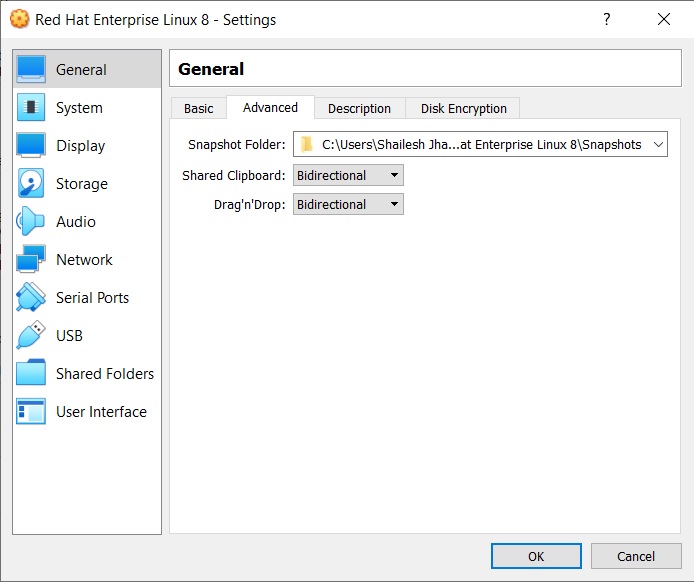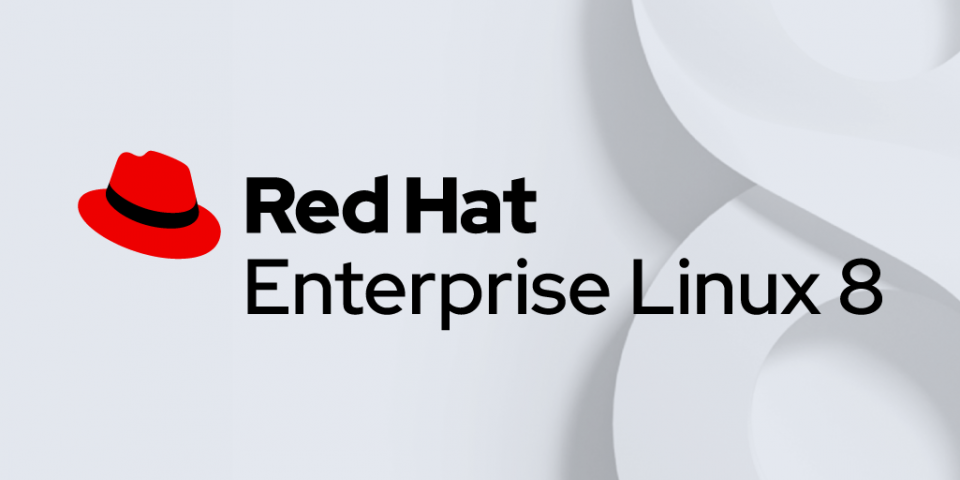
- Red hat linux iso image for virtualbox install#
- Red hat linux iso image for virtualbox driver#
- Red hat linux iso image for virtualbox mac#
- Red hat linux iso image for virtualbox windows#
The integrated mouse pointer is much smoother.
Red hat linux iso image for virtualbox install#
Use yum update form within a Terminal session to install the latest updates. Once your system has been registered, you can use the command line or web console to install the latest updates. On Hyper-V, select Media from the VM's menu.The VM should then boot from the virtual hard disk. Then reset the VM, either through the Machine menu, or using the keyboard shortcut Right CTRL + R (Windows/Linux) or Left Command + R (Mac).

If the system has already booted into the installer, you will need to click Force Unmount. On VirtualBox, select Devices from the VM's window menu, then select Optical Drives -> Remove disc from virtual drive to eject the installation ISO.Eject the media during POST, or use the appropriate key for your BIOS (such F12, F10, Enter) to select a boot device. Shutdown the system and then restart the system to.

If you have a machine (or VM) that reboots too quickly to eject the installation media, you can try: Important note: While your system is rebooting, don’t forget to eject the installation media so that you don’t inadvertently reboot into the RHEL 8 installer again When installation is complete, click Reboot in the lower right corner. You'll be able to copy and paste text to and from the Terminal window. Tip: to copy and paste before you have setup VirtualBox Guest Additions, use ssh from a Terminal Window on the host. After the RHEL VM is fully installed and has been registered, you can install the kernel packages that are required to install VirtualBox Guest Additions. Copy and paste requires VirtualBox Guest Additions to be installed. In the VM settings General, on the Advanced tab, set Shared clipboard and Drag’n’Drop to Bidirectional. The paravirtualized adapter removes much of the overhead of emulating a hardware network adapter.
Red hat linux iso image for virtualbox windows#
Improved Network Performance with virtio (Windows and Linux hosts only)įor improved VM network performance on Windows and Linux hosts, in the VM’s settings under Network Adapter Type select Paravirtualized Network (virtio-net). If your system switches between wired and wireless connections, you will need to switch the adapter that the VM is bridged to when changing between wired and wireless. If your system has more than one network adapter you need to choose which one to attach to. The VM’s virtual network adapter can only be bridged to one physical network adapter at a time.
Red hat linux iso image for virtualbox driver#
The host’s network adapter is shared by a device driver that is installed by VirtualBox.
Red hat linux iso image for virtualbox mac#
The VM appears on the network the same way a physical computer would with its own hardware MAC address. In this configuration, the VM gets its own IP address, usually using your network’s DHCP server. $ ssh -p 2222 you can attach the VM to directly network by sharing the network adapter from the host system as a bridged network adapter. This will allow you to use ssh on the host machine by using port 2222: However, you can define port forwards in the Advanced section under the network adapter configuration to provide access.įor example, in order to use ssh, define a port forward from Host Port 2222 to Guest Port 22. The default networking choice NAT is the easiest to use, but you will not be able to access services such as ssh or http running on the RHEL VM from the host or the network.

Then, use the CD icon drop down menu on the right to select Choose Virtual Optical Disk File.

In the VM’s settings, under Storage, select the optical drive under the IDE controller.


 0 kommentar(er)
0 kommentar(er)
